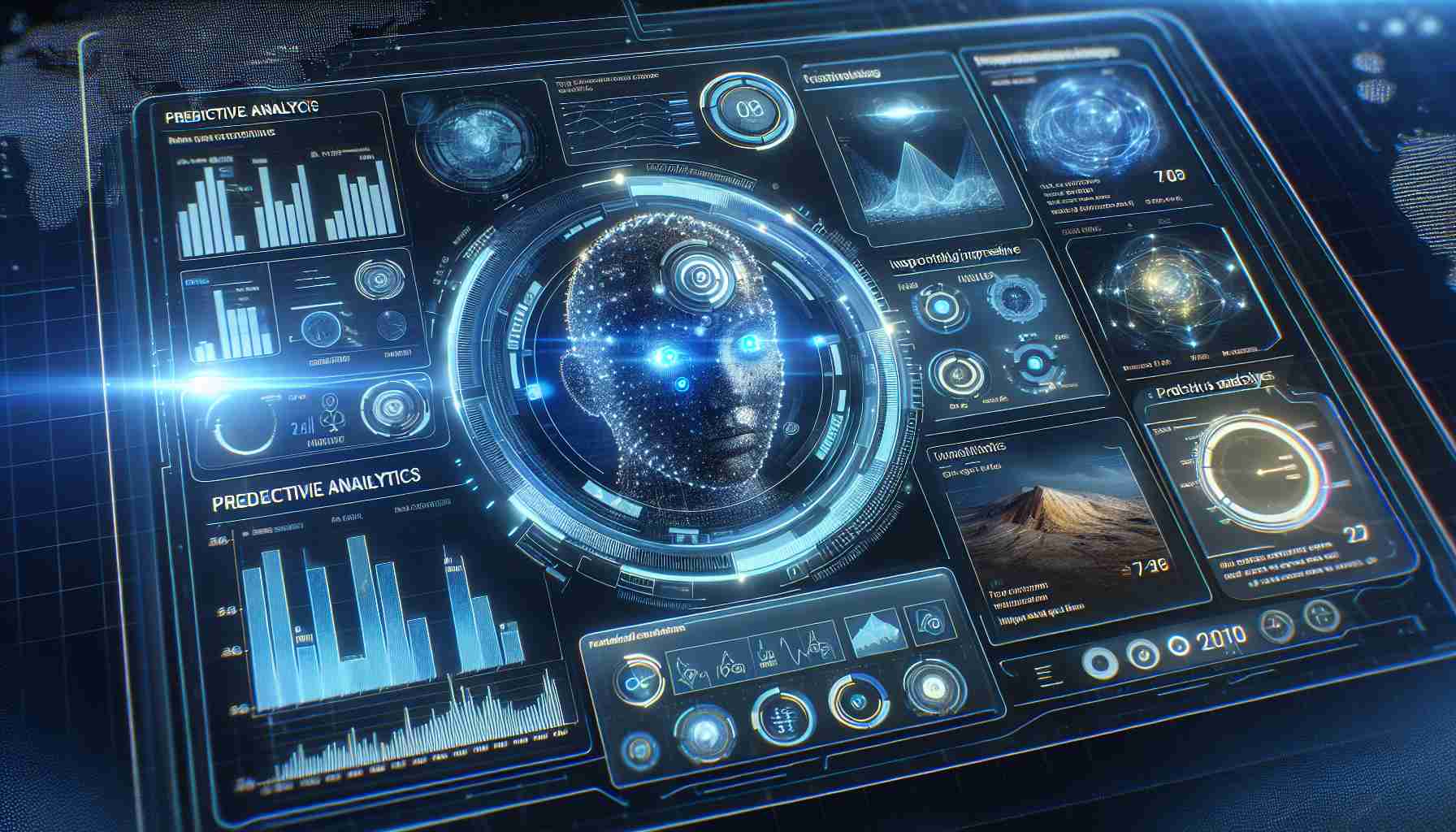- The Higgs boson, discovered in 2012, remains a focal point of research, with ongoing efforts to understand its properties.
- CERN is utilizing artificial intelligence to analyze large datasets from the Large Hadron Collider (LHC), aiming to identify potential new particles.
- Recent AI efforts have uncovered unusual patterns in collision data, which may lead to significant discoveries.
- A key goal is to observe Higgs self-coupling, which is important for testing theories like supersymmetry and extra dimensions.
- Producing two Higgs bosons in collisions is rare, making the challenge difficult but not insurmountable with advanced AI techniques.
- Improvements in machine learning may soon enhance the accuracy of analyses, paving the way for important breakthroughs in particle physics.
The quest to decipher the mysteries of the Higgs boson, famously dubbed the “god particle,” is heating up at the European Organization for Nuclear Research (CERN). Originally proposed in the 1960s, this elusive particle was confirmed in 2012, but many secrets still lie hidden within its bosonic behavior.
Now, physicists at CERN are harnessing the power of artificial intelligence to navigate through the vast oceans of data produced by the Large Hadron Collider (LHC). These intelligent algorithms are adept at identifying anomalous patterns that might indicate new particles or interactions. For instance, researchers have recently unearthed “atypical jet signatures” in collision data, hints that could lead to groundbreaking discoveries.
One major ambition of CERN’s pursuit is to capture the elusive event of two Higgs bosons interacting with each other. This phenomenon, known as Higgs self-coupling, is critical for understanding the fundamental forces governing our universe. The stakes are high; if researchers can measure the coupling strength accurately, it could validate or challenge established theories, like supersymmetry or concepts of extra dimensions.
However, the challenge is immense—colliding protons are a thousand times less likely to produce two Higgs bosons than one! But hope is not lost. Scientists are pioneering even more sophisticated AI tools to aid in this intricate analysis. Exciting advancements in machine learning are on the horizon, promising to unlock potential discoveries that could reshape our understanding of matter itself.
In essence, as CERN blends cutting-edge technology with the mysteries of particle physics, we may soon be on the brink of significant revelations about the universe’s very fabric. Stay tuned!
Unlocking the Secrets of the Higgs Boson: What AI and New Discoveries Might Reveal
The ongoing quest to understand the Higgs boson at CERN, known as the “god particle,” continues to evolve with exciting technological advancements and fresh insights. Lauded for its crucial role in imparting mass to fundamental particles, the Higgs boson remains a focal point of research in particle physics. Below are some relevant and up-to-date details regarding ongoing efforts and implications surrounding this extraordinary particle.
Innovations in AI for Particle Physics
CERN has increasingly integrated artificial intelligence (AI) to sift through the vast and complex datasets produced by the Large Hadron Collider (LHC). This shift not only enhances efficiency in identifying potential particle interactions but also aids in recognizing anomalies that traditional methods may overlook. Recent AI developments allow researchers to detect subtle differences in collision data that could hint at new physics beyond the Standard Model.
Key Features of Current Research
– AI Algorithms: Sophisticated machine learning algorithms are now employed to optimize data analysis processes at CERN, helping to identify rare events such as the simultaneous production of two Higgs bosons.
– Targeted Searches: Researchers are specifically focusing on “atypical jet signatures” in collision outputs as indicators of previously unobserved phenomena.
– Higgs Self-Coupling: This process is crucial for understanding the Higgs boson’s role in the universe. Successfully measuring its coupling strength could bring clarity to theories like supersymmetry or the hypotheses about extra dimensions.
Market Forecast and Trends in Particle Physics
The fusion of AI and particle physics heralds transformative trends in the scientific arena. The growing reliance on AI tools is anticipated to generate actionable insights, potentially leading to groundbreaking discoveries within the decade. The market for AI applications in scientific research is expected to explode, indicating a promising future for institutions globally engaged in high-energy physics.
Use Cases and Applications
Artificial intelligence is being utilized not only in data analysis but also in simulations to predict outcomes for particle collisions. These applications are changing the landscape of experimental physics, allowing researchers to test hypotheses with greater precision and efficiency.
Limitations and Challenges
Despite these advancements, challenges remain. The probability of producing two Higgs bosons in a single collision is incredibly low—around a thousand times less than producing just one. The complexities of interactions at quantum levels present continuous hurdles.
Important Related Questions
1. What are the implications of measuring Higgs boson self-coupling?
– Measuring the self-coupling of the Higgs boson could offer critical insights into the mechanisms of the universe, potentially validating or refuting significant theories in physics, including concepts of symmetry and dimensions beyond our observable reality.
2. How is AI transforming research methodologies at CERN?
– AI is revolutionizing research at CERN by automating data analysis, identifying patterns, and predicting outcomes. This technology streamlines research efforts and enhances the discovery potential regarding new physics phenomena.
3. What potential breakthroughs might arise from current research at CERN?
– Keeping a close eye on breakthroughs from CERN could uncover advanced understandings of quantum mechanics, cosmology, and fundamental conservation laws, possibly leading to new technologies that integrate these principles.
Explore Further
For more insights into particle physics and the latest developments at CERN, visit cern.ch.













